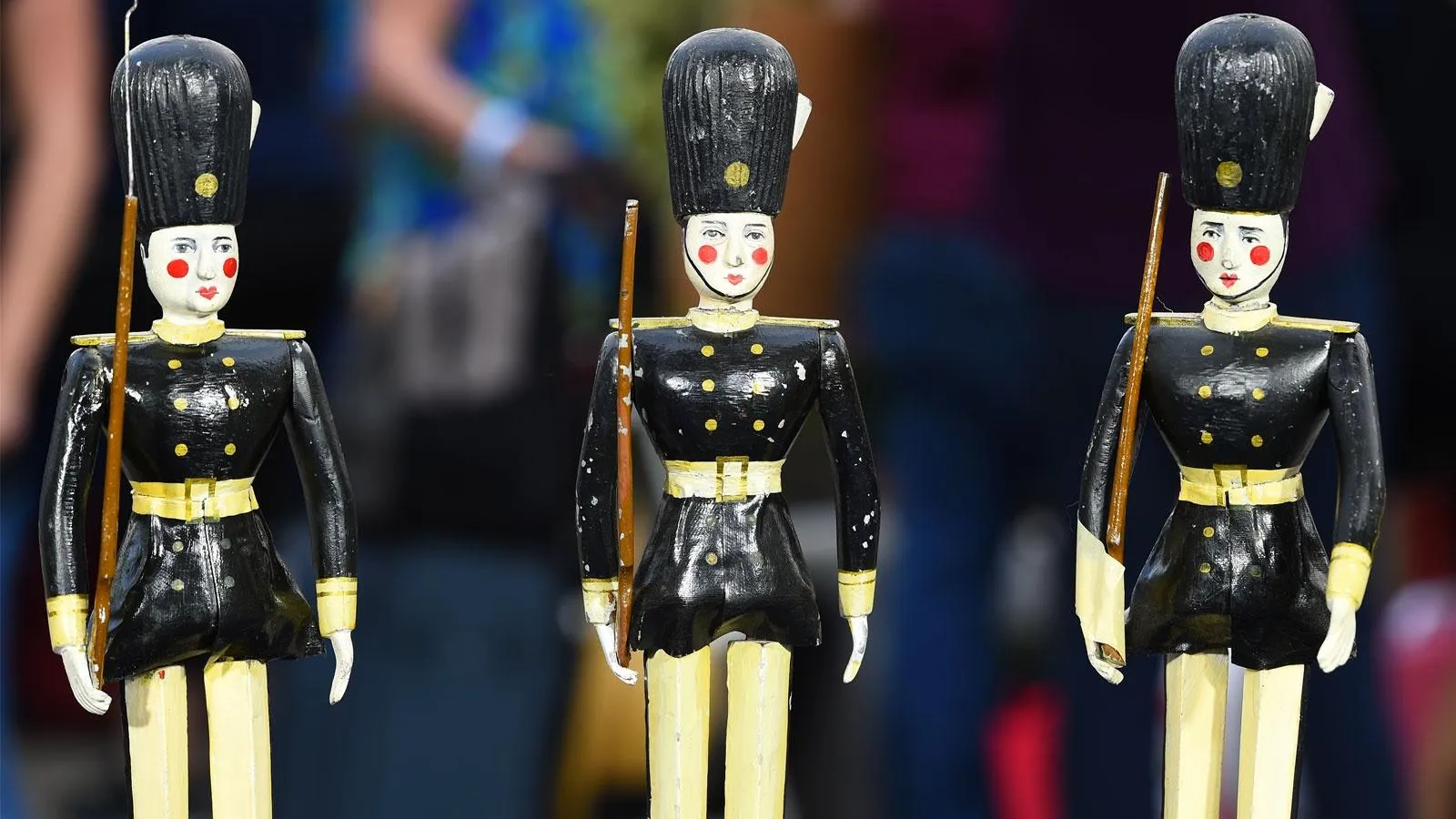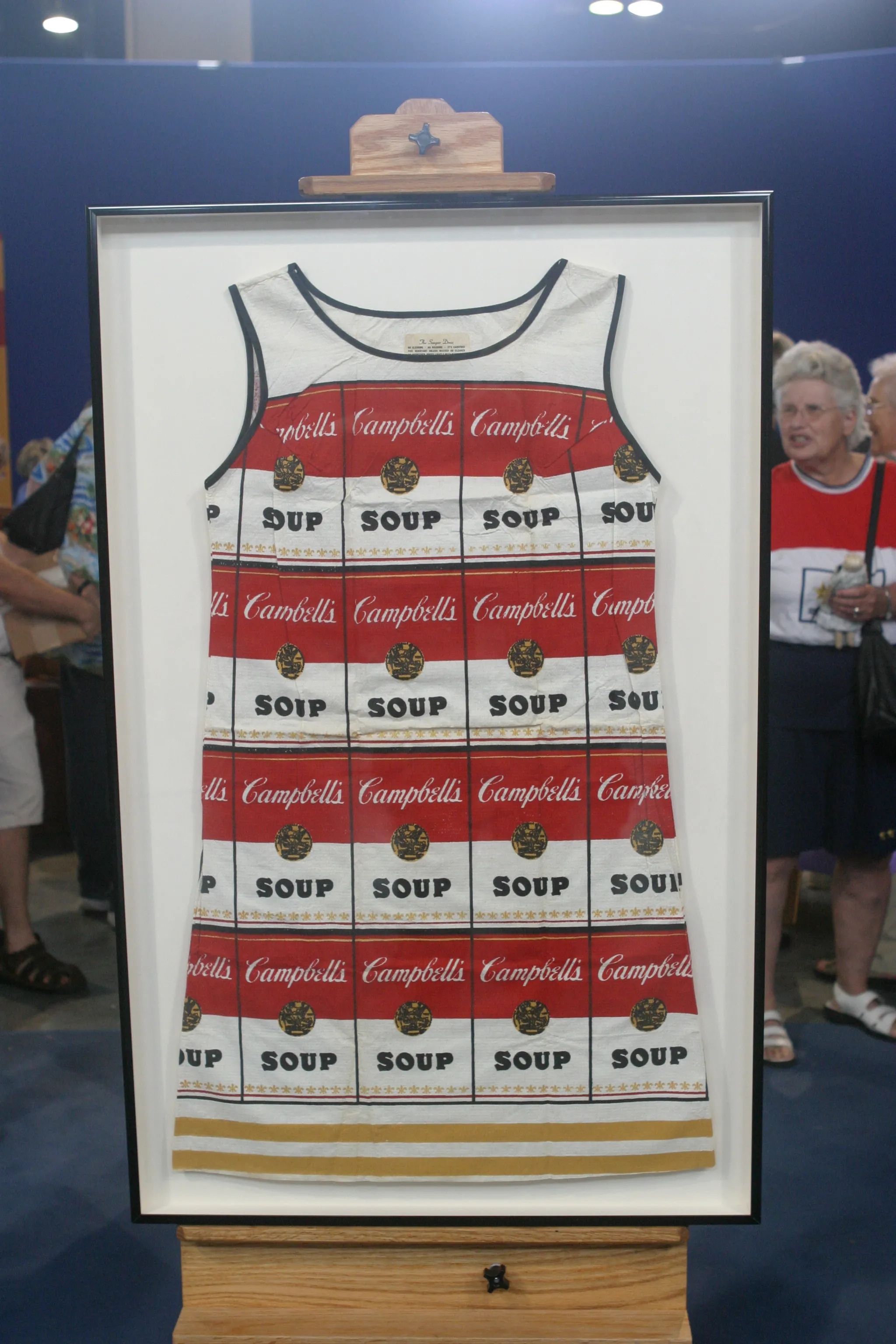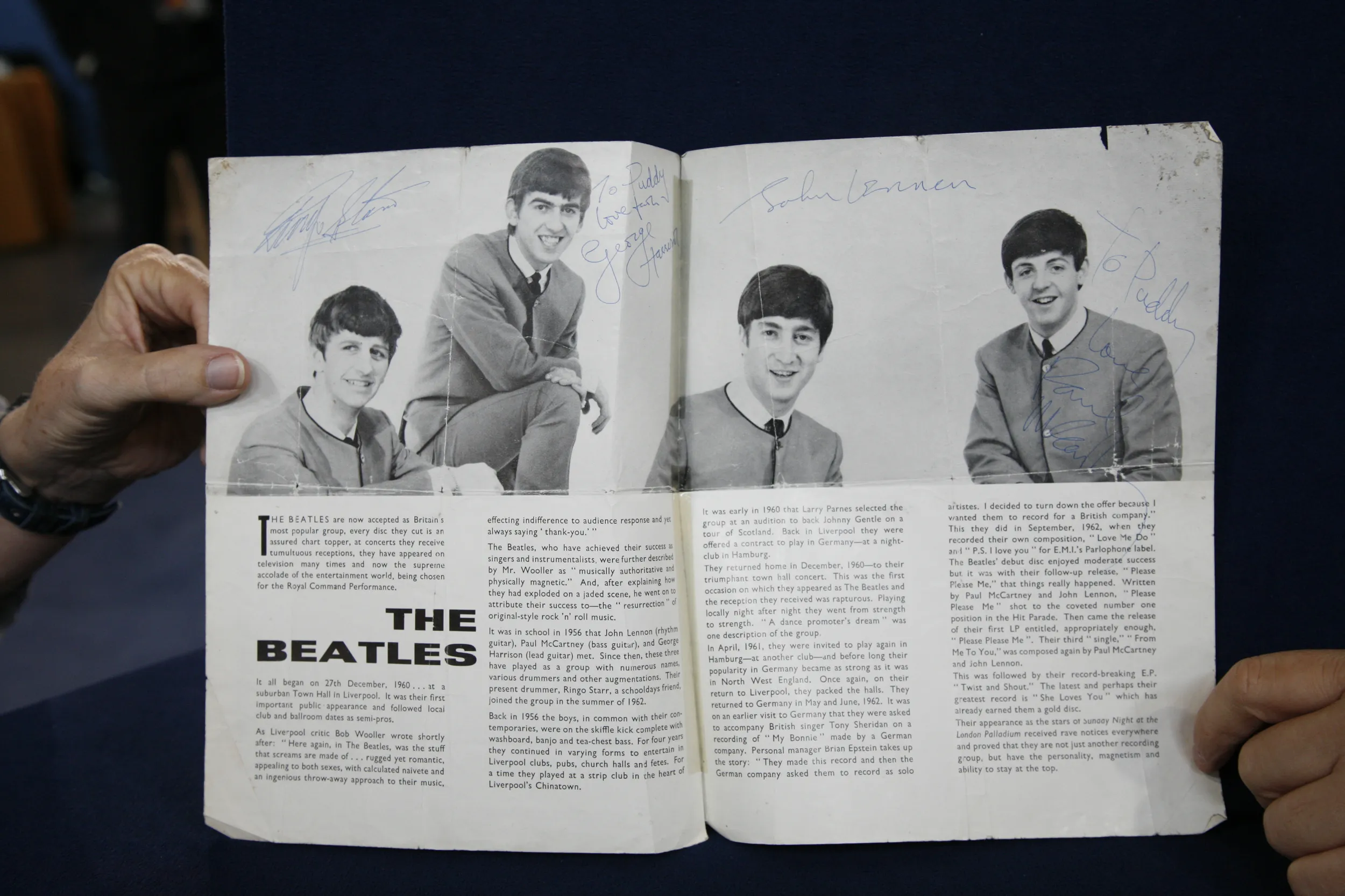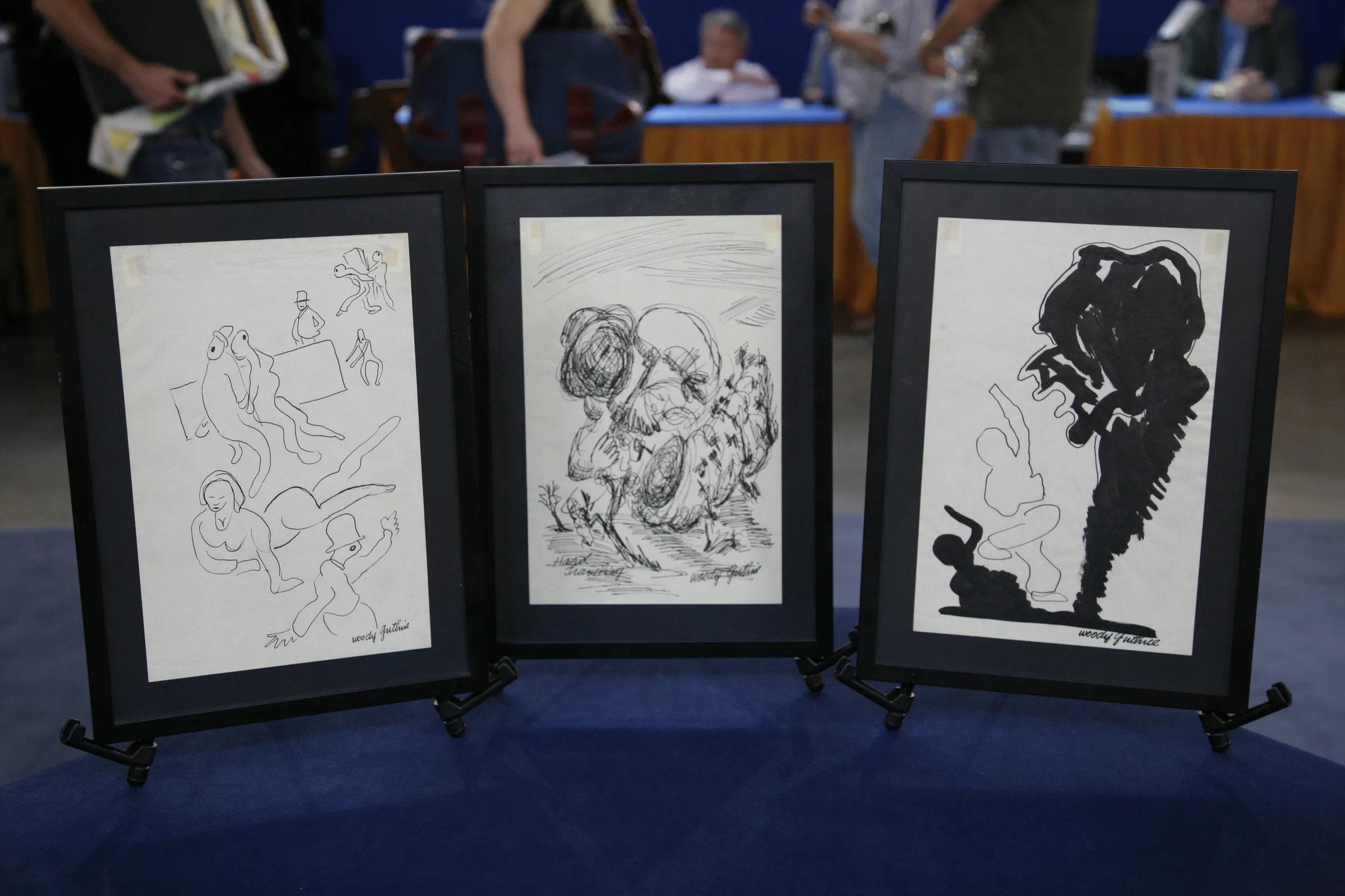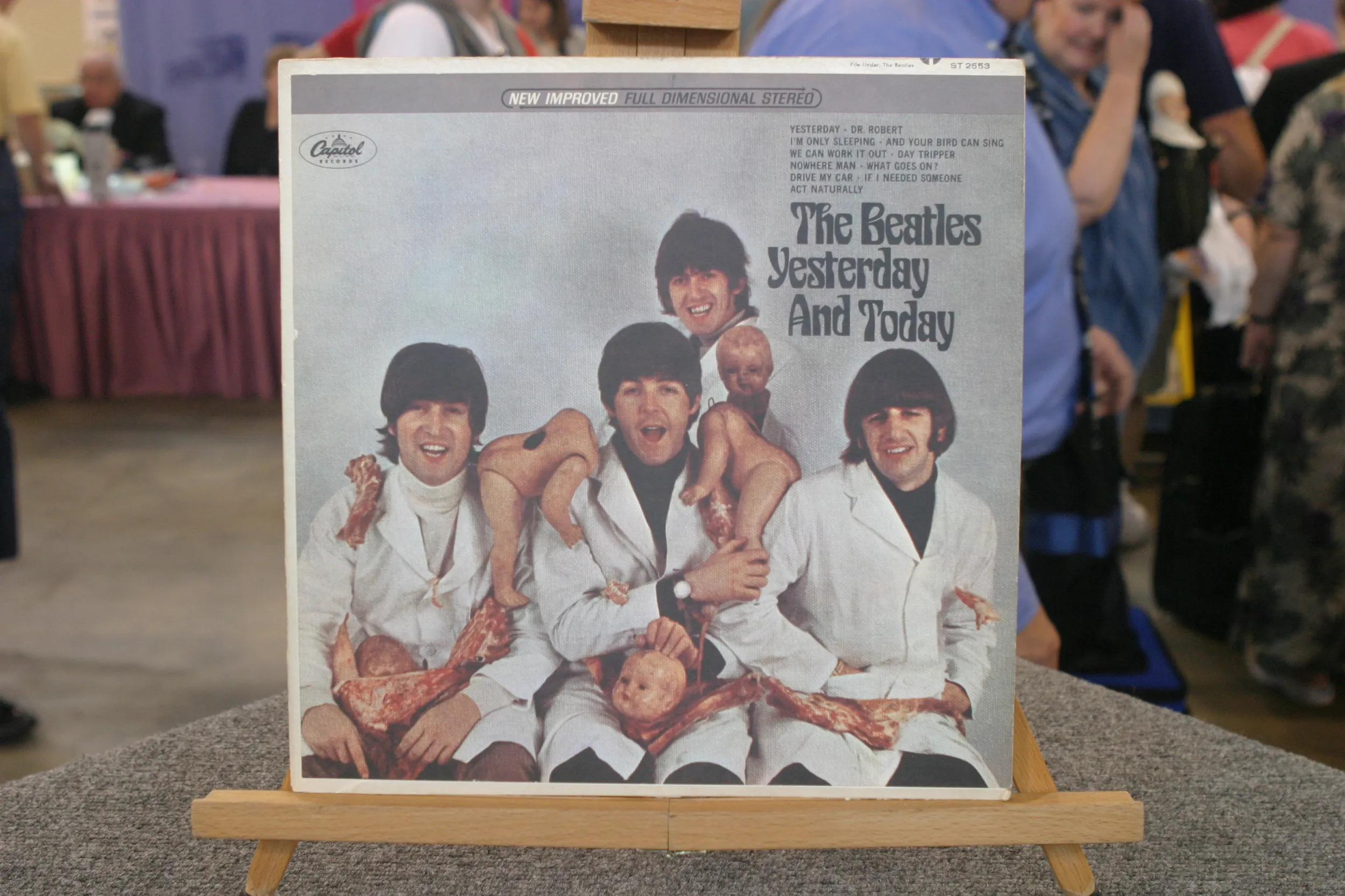GUEST: I went to answer an ad in a penny saver. It was an ad for a mattress set, and I was a starving student in college. I went to go buy the mattress set, and I met the person, and I saw the chair. And I just fell in love with its design, and she allowed me to sit in the chair, the owner. But she told me it's not for sale. And so I said, "Oh, my goodness, I love this chair." It felt so wonderful. She said, "I'd only sell it to the right person." I left her my name and my number. A couple of weeks later, she called me, and she said, "You're the person." And she said, "How much could you afford?" And I said, "Maybe $25." And she said, "Okay, um... How about $23?" (chuckling). And so that's what I bought the chair for. And then, a couple of years later, I was in a bookstore, and I was looking at a book about Nelson Rockefeller's house, and there is the chair. I found this name, George Nakashima. It was before internet, so I didn't have that advantage. So about nine years ago, I'm at a party here in Sacramento. A man walks in, he's kind of a cowboy. I said, "What do you do?" And he says, "I'm a walnut farmer." And I said, "Nuts?" And he said, "No, wood." I told him about the chair and I said, "I think it was made by George Nakashima." And he goes, "I know George!" And he tells me about how he was sourcing walnut to George. It's something, a part of my life. And it's in my living room, and my kids sit on it, and we just enjoy the chair.
APPRAISER: It is very early in his career. In the late '40s, after he was interned during World War II in a Japanese camp, he was exposed to Japanese traditional woodworking techniques there. His first designs, of which this is one of the first designs, had a very strong Japanese traditional feel to it. Hundreds and even thousands of years of Japanese woodworking had really remained unchanged, and traditional techniques had been passed down from generation to generation. George was taking those techniques, honoring them, but then shaping that tradition gently towards modernism. And what this chair is, it's a very elegant, sophisticated, modern version of a traditional Japanese crafted chair. By the time he died in 1990, he had been making them continuously for over 40 years. And his daughter Mira is continuing that tradition and making them today, so there's quite a lot of them that, that are out there. There are also quite a lot of people who wanted to make chairs that looked like George's. So how do we know that this is by George?
GUEST: I don't know.
APPRAISER: A couple of little, small details. The grass seat is original. This is seagrass that's tightly woven, which is a traditional Japanese technique. It's completely put together with wood pegs. This was all crafted by hand. These side rail spindles here are pegged right here on the side. That's typically a traditional woodworking technique, but George had a very specific way of creating those and attaching them to the rest of the structure. Also, these side rail spindles are shaped by hand. The legs, which are also hand-turned, turned on a lathe... Some chairs that I've seen by other makers never have those types of subtle details that George had. So this chair is by George Nakashima.
GUEST: That's great.
APPRAISER: Uh, and it's known as the Grass Seat Chair. And it's very hard to date it, except by looking at the patina. The original oiled finish is a little worn, but it has a really wonderful warm patina. And what year did you buy it?
GUEST: 1986.
APPRAISER: 1986. So George was still alive at that time.
GUEST: Yes.
APPRAISER: They were made exactly the same between the late '40s and the time you purchased it in 1986. But I would think that this chair is probably from the mid-1960s. The wood is American black walnut. These were made in New Hope, Pennsylvania. You paid $23 in 1986. What do think it's worth today?
GUEST: (inhales, exhales) Okay, I'm gonna just go for it, I'll say $2,300?
APPRAISER: That's a pretty good guess. This chair, at auction, typically sells for between $2,000 and $2,500.
GUEST: Okay. Thank you so much.
APPRAISER: Yeah. They're rarely marked. I've probably sold a hundred of these chairs...
GUEST: Really?
APPRAISER: Over 30 years, and I have never seen one that was marked.

